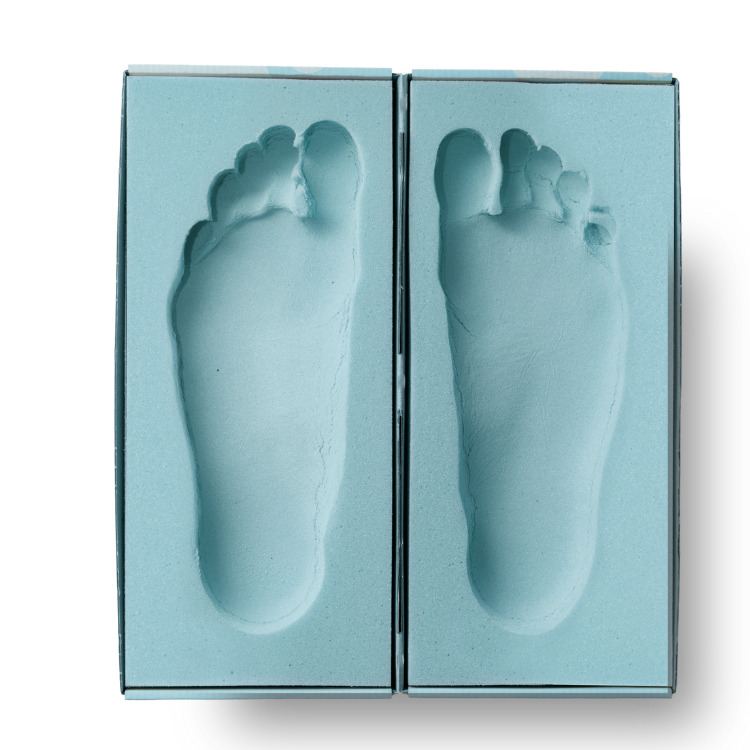Do You Need a Podiatrist? 7 Signs It’s Time to See a Specialist
The truth is: many common foot and ankle problems are easiest to treat when caught early. If you're wondering whether it’s time to schedule an appointment, here are seven signs you shouldn’t ignore.
Your feet carry you through life—but they’re often the last part of the body we think about when something hurts. As a podiatrist, I see patients every day who waited months (or even years) before seeking help, thinking their pain was “normal” or would go away on its own.
1. Persistent Foot or Ankle Pain
If you’ve had pain that lasts more than a week or two, especially if it affects your ability to walk, it’s time to get it checked out. Ongoing discomfort is not something you should “just live with.”
Why it matters: Untreated pain can lead to joint stress, posture changes, and further complications1.
2. Heel Pain That’s Worst in the Morning
Sharp, stabbing pain in the heel—especially with your first few steps of the day—is a classic sign of plantar fasciitis, a common condition that responds well to early treatment.
Why it matters: Ignoring it can lead to chronic pain and more intense inflammation over time2.
3. Thick, Discolored, or Painful Toenails
If your toenails are yellow, brittle, or growing abnormally, it may be a fungal infection. If left untreated, it can spread and cause long-term nail damage.
Why it matters: Podiatrists can offer more effective treatments than over-the-counter remedies3.
4. Numbness, Tingling, or Burning Sensations
These are signs of possible nerve damage—especially if you have diabetes or circulation issues. Don’t dismiss them as “just getting older.”
Why it matters: Early intervention can prevent ulcers, infections, and serious complications4.
5. A Wound That Isn’t Healing
Any sore, blister, or cut that lasts longer than a few days—especially on the feet—should be looked at immediately, especially for diabetic patients.
Why it matters: Chronic wounds are a major risk factor for infection and hospitalization4.
6. Changes in Skin or Toenail Color
Redness, purplish discoloration, or darkened toenails may indicate infections, circulation problems, or trauma. These changes shouldn’t be ignored.
Why it matters: Color changes can be early signs of serious vascular or dermatologic issues5.
7. Trouble Walking or Changes in Balance
If your feet hurt, or if you’re feeling off-balance while walking, it could be a structural problem like flat feet or arthritis. This can lead to falls—especially dangerous for older adults.
Why it matters: Podiatrists can help improve mobility, reduce fall risk, and enhance stability through orthotics and treatment plans1.
Dr. Roggow’s Tip for Proactive Foot Care
Check your feet daily—especially if you have diabetes or circulation problems. Use a mirror to look at the bottoms, and if you notice anything new (a sore, blister, or change in color), don’t wait. Early care is always easier and more effective.
Let’s Keep You Moving
At Premier Foot & Ankle, we’re here to help you stay mobile, independent, and pain-free. If you're experiencing any of these signs—or just want peace of mind—schedule your new patient appointment today. Your feet deserve expert care.
Sources
Let me know if you'd like this post added to a branded Word document or your website format!
- American Podiatric Medical Association. Foot Health Facts. https://www.apma.org/Patients/FootHealth.cfm ↩ ↩2
- Mayo Clinic. Plantar Fasciitis. https://www.mayoclinic.org/diseases-conditions/plantar-fasciitis ↩
- Cleveland Clinic. Toenail Fungus. https://my.clevelandclinic.org/health/diseases/15448-toenail-fungus ↩
- CDC. Diabetes and Foot Care. https://www.cdc.gov/diabetes/library/features/healthy-feet.html ↩ ↩2
- NIH MedlinePlus. Foot Problems in Older Adults. https://medlineplus.gov/footproblemsinolderadults.html ↩



